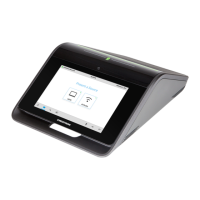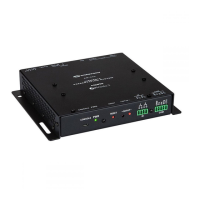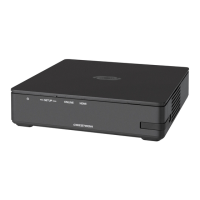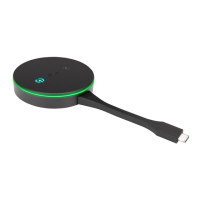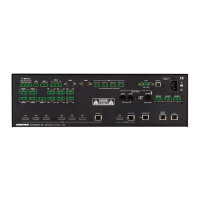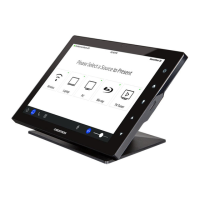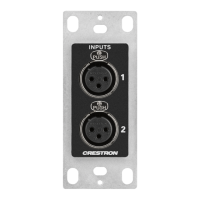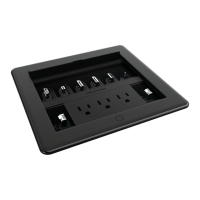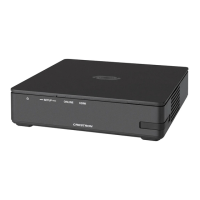
Do you have a question about the Crestron AirMedia and is the answer not in the manual?
| Wireless Presentation | Yes |
|---|---|
| HDMI Output | Yes |
| Network Connectivity | Ethernet, Wi-Fi |
| USB Ports | Yes |
| Operating Systems Supported | Windows, macOS, iOS, Android |
| HDMI Input | Yes |
| Model | AM-300 |
| Control System Integration | Crestron |
| Power | PoE |
| Audio Output | HDMI |
| Management | Crestron Fusion, Crestron XiO Cloud |
| Wired Presentation | Yes |
| USB Port | Yes |
Details minimum, typical, and maximum bandwidth needs for AirMedia technologies.
Provides guidance on wireless access point design and network architecture for AirMedia.
Explains how to disable AirMedia discovery via multicast DNS services for security.
Describes using a VLAN to isolate AirMedia devices for guest network access.
Explains physical separation approaches for network security with AirMedia.
Details how AirMedia devices can act as isolated guest wireless access points.
Explains dual LAN functionality for isolated corporate and guest networks on specific models.
Recommends host name configuration for easy identification and network resolution.
Covers configuration via web interface or XiO Cloud service for AirMedia devices.
Lists ports required for AirMedia sender application communication and firewall rules.
Describes firmware upgrades using the device's web interface for single units.
Explains firmware upgrades for multiple devices using XiO Cloud or a dedicated application.
Details .AV Framework and XiO Cloud capabilities for managing AirMedia devices.
Explains how AirMedia devices can control compatible Crestron Connected displays.
Describes AirMedia Series 3 integration with Crestron control systems for room control.
Covers deployment methods for the AirMedia sender application on Windows PCs.
Details deployment procedures for the AirMedia sender application on macOS.
Explains how to create and use room lists for easier AirMedia device discovery.
Describes associating .present files for launching AirMedia connections.
Explains how AirMedia sender applications locate devices on the local subnet.
Describes manually entering device IP addresses or host names for connection.
Details using custom URI protocols for launching AirMedia applications.
Explains how users can download AirMedia sender applications from the device or cloud.
Describes the initial screen users see for connection instructions and device information.
Details the process for users to download and initiate a connection to AirMedia.
Explains the use of login codes to prevent unauthorized access to AirMedia.
Covers the guest and deployable sender applications for PC users.
Specifies the Wi-Fi USB adapter needed for Miracast on AirMedia 2.0 devices.
Details the discovery and connection phases of Miracast.
Lists recommended Windows versions and discusses Android Miracast support.
Provides guidance on network switches, PIN codes, host names, and adapter placement.
Offers solutions for common Miracast connection problems like firewall or network blocking.
Details the AirMedia app for iPhone and iPad devices.
Describes the app for AM-100/AM-101 devices with moderator/quad view features.
Details the AirMedia app for Android devices.
Describes the app for AM-100/AM-101 devices with moderator functions.
Explains connecting to AirMedia via mobile apps using discovery or manual entry.
Outlines test cases categorized by desktop and mobile user experiences.
Discusses the importance of the front-of-room display for connection information.
Provides considerations for testing the AirMedia experience for PC users.
Offers guidance on testing the AirMedia experience for mobile users.
